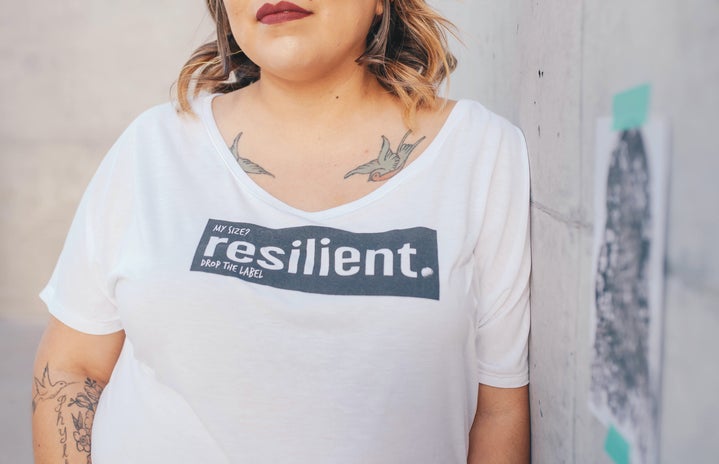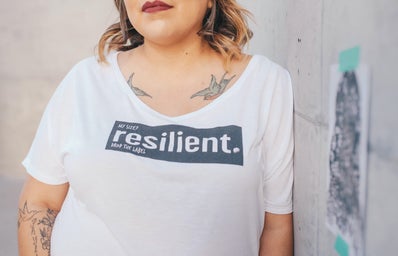You don’t have to be a shrewd observer to notice that diversity in Hollywood films is seriously lacking, but evidence from a USC study shows that the overrepresentation of white, straight men in movies is much worse than we thought.
Let’s talk about women. Of the 100 top movies in 2014, only 21 featured female leads or co-leads. To put things in perspective, that’s a smaller percentage than women in Congress as of 2014 (they represented 24.2% of seats). And things are just as glum behind the camera. For those same 100 films, 18.9% of producers and 11.2% of writers were female, while only 1.9% of directors were women.
And when women are represented on-screen, things aren’t pretty—but the actresses themselves are. A mere 28.1% of speaking characters in those 100 movies were women. So what do female characters do if they don’t have lines? As it turns out, not much else than look good for the men in the movie. In 2014, 27.9% of these female protagonists wore “sexualized attire” (compared to 8% of men), 26.4% showed some amount of nudity (compared to 9.1% of men) and 12.6% were referenced as attractive by other characters (compared to 3.1% of men). And worse yet, the study found that “13 to 20 year old females are just as likely as 21 to 39 year olds to be shown in sexy attire and some nudity.”
Unsurprisingly, racial diversity failed the test, too. Almost three quarters of actors in the top 100 movies of 2014 were white, while black actors made up 12.5% of the casts, and Asian, Hispanic and all other ethnicities combined only represented 15% of actors on set.
You’ve probably sensed a pattern by now—minorities are underrepresented in Hollywood, and there has been no significant progress since 2007. Unfortunately, LGBTQ+ characters are no exception, despite the rise in queer visibility in recent months. The numbers speak for themselves: of the 4,610 speaking characters in the 100 top films of 2014, ten were gay men, four were gay women, five were bi and ZERO were trans. That’s just wonderful. But all sarcasm aside, such unfair representation is bound to hurt viewers who can’t identify with the mostly young, white, straight and male characters they see on screen. Essentially, Hollywood movies teach women that they exist to please men, while sending queer and nonwhite folks the message that they barely exist at all.
How does the lack of diversity in Hollywood affect you, collegiettes?

